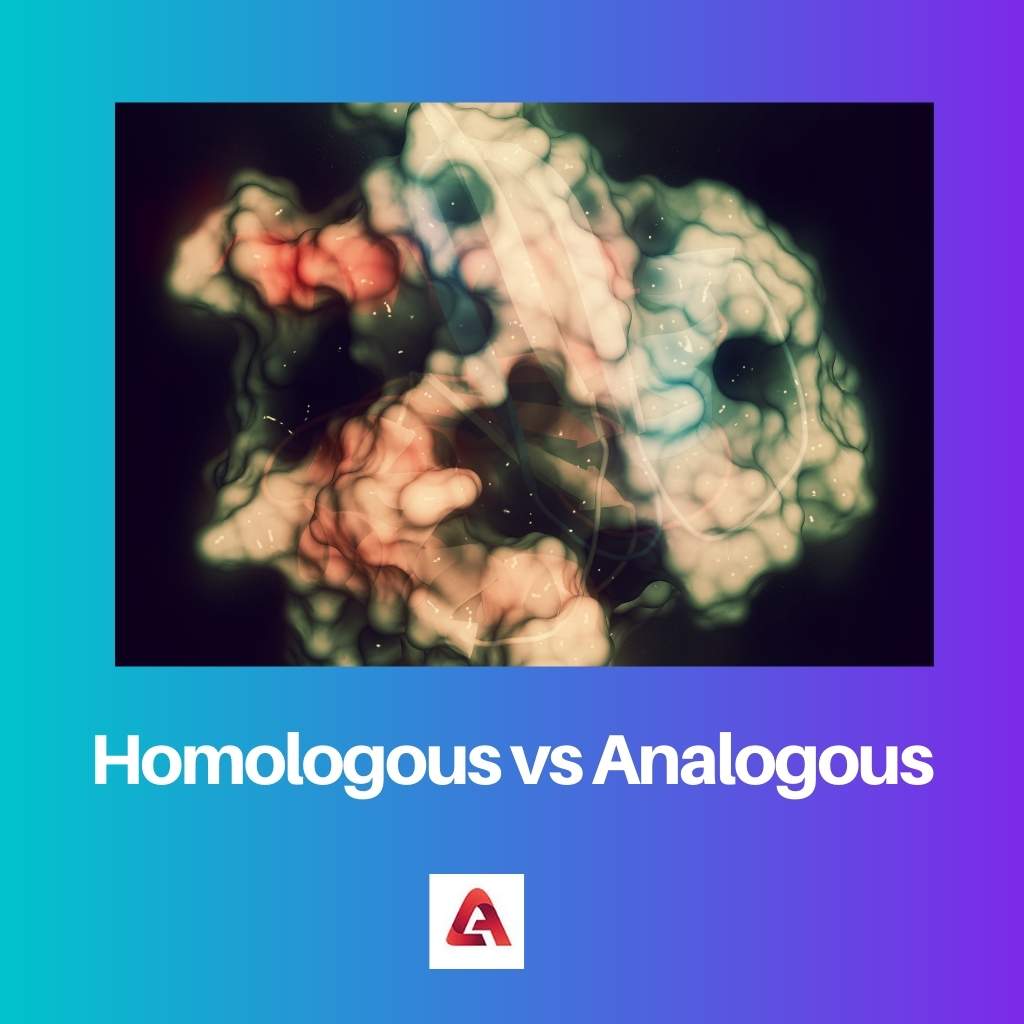The study of anatomy is one of the major topics in biology. It has several parts in it. Two of them are homologous and analogous structures of organisms.
Knowing the differences and the similarities between the organisms is important. In animals like cats and fish, or any others, there are many distinctive differences.
Key Takeaways
- Homologous structures are anatomical features with a similar structure and origin but may have different functions. In contrast, analogous structures are features with similar functions but different structures and origins.
- Homologous structures are evidence of evolutionary relationships between species, while analogous structures may have evolved independently in different species.
- Homologous structures are more common in closely related species, while analogous structures are more common in distantly related species.
Homologous vs Analogous
Homologous means having the same relation, structure and relative position; in biology, it means being similar in position and evolutionary origin but not in function. Analogous means when two parts are performing the same function but have different origins in evolution, like wings on birds and insects.

A wing of a bat can be the most appropriate and classic example of a homologous structure. This is so because both of them have a similar structure of the bone, and being a mammal, the evolutionary structure of a bat is vividly similar.
Analogous structures, on the other hand, are the ones that have features of totally different species but possess the same function.
Comparison Table
| Parameters of Comparison | Homologous | Analogous |
|---|---|---|
| Definition | Homologous are the ones that have a similar appearance in structure but the functions of those are different. | Analogous are the ones that have different-looking structures but the functions are the same. |
| Functions | Homologous have dissimilar functions. | Analogous have similar functions. |
| Inheritance | These structures are inherited from common ancestors. | The structures of analogous animals are not inherited from their ancestors. |
| Species | The homologous feature is developed in related species only. | Features are developed in the unrelated species |
| Development | Homologous features are the development results of adapting to a different environment. | Analogous features are the development results of adapting to a similar environment. |
What is Homologous?
Talking generally, in general science, homologous means something to show similarity between the two. Now, the similarity can be in structure, function, feature, or characteristics.
In general science, it is a concept of anatomy in the biology stream, which refers to the animals having the features of similar functions but the condition here is that they are identified as homologous ones only if they have a similar origin since their evolution.
What is Analogous?
The term analogous was derived from the Greek word ‘analogous’, which exactly means- is according to the exact ratio or proportion.
This can be explained with a few examples. Humans’ brains and computers both work the same way but are designed to be different, and the structure varies from each other a lot.
Main Differences Between Homologous and Analogous
- Not just this, the development of both structures are different too; Homologous feature is developed in related species only, while analogous features are developed in unrelated species.
- The environment in which these features are developed among the species varies, and Homologous features are the development results of adapting to a different environment, while the Analogous features are the development results of adapting to a similar environment.
- https://academic.oup.com/sysbio/article-abstract/19/2/99/1655771
- https://www.annualreviews.org/doi/abs/10.1146/annurev.biochem.77.061306.125255